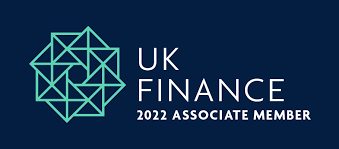What is Call Loan?
A call loan is a type of loan that can be demanded for repayment by the lender at any given time.
The purpose of a call loan is to minimize the financial risk borne by the lender. By having the ability to recall the loan, the lender can mitigate the risk associated with the borrower’s potential inability to meet their debt obligations in the future. This decision may be influenced by factors such as deteriorating credit, broken covenants, declining collateral value, or unfavorable macroeconomic conditions.
What happens when a loan is called by a bank?
When a loan is called by a bank, the borrower might face two scenarios: immediate liquidation of holdings or allocation of sale proceeds in case of missed payments. Typically, borrowers are granted a specific timeframe (e.g., 10 days) to meet the new obligation amount.
RELATED articles
No Posts Found
OTHER TERMS BEGINNING WITH "C"
- Capital
- Carried Interest
- Carrier Payment
- Cash Advance
- Cash Against Documents (CAD)
- Cash Flow
- Cash Flow Projection
- Cash Flow Statement
- Cash-flow Insolvency
- Chargebacks (Retailer)
- Client
- Client Concentration
- Closing Costs
- Collateral
- Collateral (or Collateralized) Loan
- Collections
- Company Voluntary Arrangement (CVA)
- Concentration
- Confession of Judgment (COJ)
- Confirmed Payables Financing
- Consignment Sale
- Container Hauler
- Contingent Worker
- Contra Account
- Contract Factoring
- Contract Financing
- Cost-Plus Pricing
- Covenant
- Credit Counsellor (Canadian)
- Credit Insurance
- Credit Limit
- Credit Management Fee
- Credit Memo
- Credit Terms
- Creditworthiness
- Cross-Aged Accounts (10% rule)
- Cross-Border Financing
- Current Assets
- Current Liabilities
- Current Portion of Long-Term Debt (CPLTD)
- Current Ratio
- Customer
- Deductions

